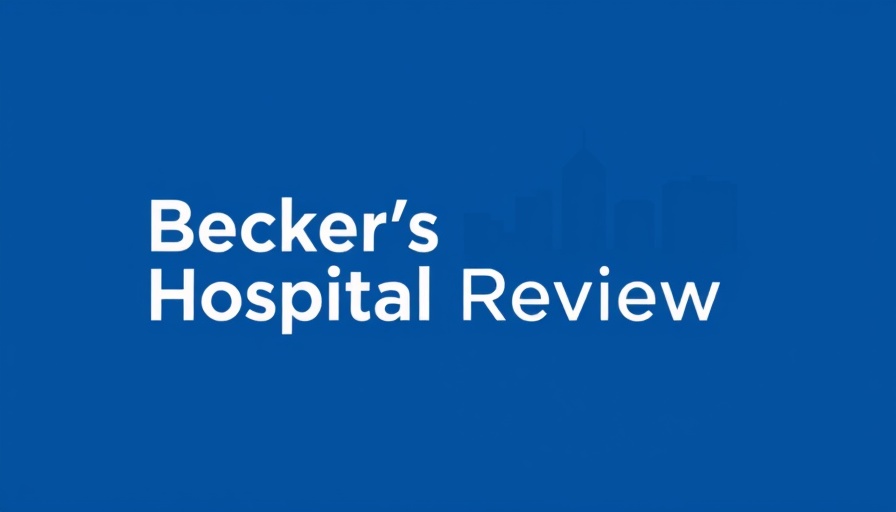
Steven Webb Takes the Helm as New CEO of White River Health
In a pivotal leadership change, White River Health, based in Batesville, Arkansas, has named Steven Webb as its new president and CEO. This decision comes after Webb's tenure as the system's chief operating officer, a role he held since July 2024. His appointment, effective immediately, was announced following an April 29 board meeting and is expected to guide the health system through an important transitional phase.
The previous interim CEO, Dr. Chris Steel, will play a vital role in facilitating this transition, ensuring that the organization's mission continues seamlessly. White River Health operates several healthcare facilities, including the White River Medical Center and Stone County Medical Center, along with various outpatient and primary care sites throughout the region.
A New Chapter in Healthcare Leadership
This major shift in leadership is not just a change in position but a reflection of a larger trend in healthcare towards prioritizing effective management and innovative services that resonate with community needs. Webb's appointment aligns with contemporary expectations in healthcare leadership, emphasizing the importance of operational efficiency and responsive patient care.
As White River Health moves forward under Webb's guidance, it has the potential to enhance patient engagement and community health outcomes, aligning with essential goals such as Medicare reimbursement optimization and expanding remote therapeutic monitoring (RTM) programs. These advancements are critical in today’s evolving healthcare landscape, especially as providers seek to improve patient experiences and streamline processes.
Enhancing Community Health with Innovative Solutions
With Webb at the helm, there is potential for the organization to implement new strategic initiatives targeting practice revenue optimization and clinical automation. By integrating patient engagement tools and telehealth revenue strategies, White River Health can bolster its services, benefitting both patients and medical staff alike.
Additionally, the focus on employee health benefits and retention strategies is instrumental in cultivating a supportive environment for healthcare workers, which is a pressing concern in the post-pandemic era. As healthcare organizations strive to meet staffing challenges, insights into effective healthcare HR strategies will be pivotal for nurturing talent and providing quality care.
Looking Ahead: Impacts on Patients and Providers
The implications of Webb's leadership extend far beyond management strategies. As healthcare professionals and independent clinicians, understanding the broader impact of such leadership transitions is essential. For practices, adapting to innovations like pharmacy profitability tools or HIPAA-compliant automation represents an opportunity to optimize workflows and reduce costs.
For independent pharmacy owners, aligning with community health initiatives driven by health systems will enhance growth and profitability, expanding their reach and services offered. These developments provide unique avenues for collaboration between independent healthcare providers and larger health systems, facilitating a more integrated approach to patient care.
Conclusion: Why These Changes Matter
As the healthcare landscape continues to evolve, the appointment of leaders like Steven Webb signifies a commitment to improving health services and adapting to community needs. By prioritizing effective management, innovative technology, and a focus on patient-centered care, White River Health is poised to excel under his leadership.
As healthcare providers, it’s vital to stay informed about these changes and consider how they can innovate and enhance their practices. Dive into the world of healthcare automation, engage with emerging telehealth solutions, and remain proactive in optimizing your practice for current and future challenges.
 Add Row
Add Row  Add
Add 




 Add Row
Add Row  Add
Add 

Write A Comment